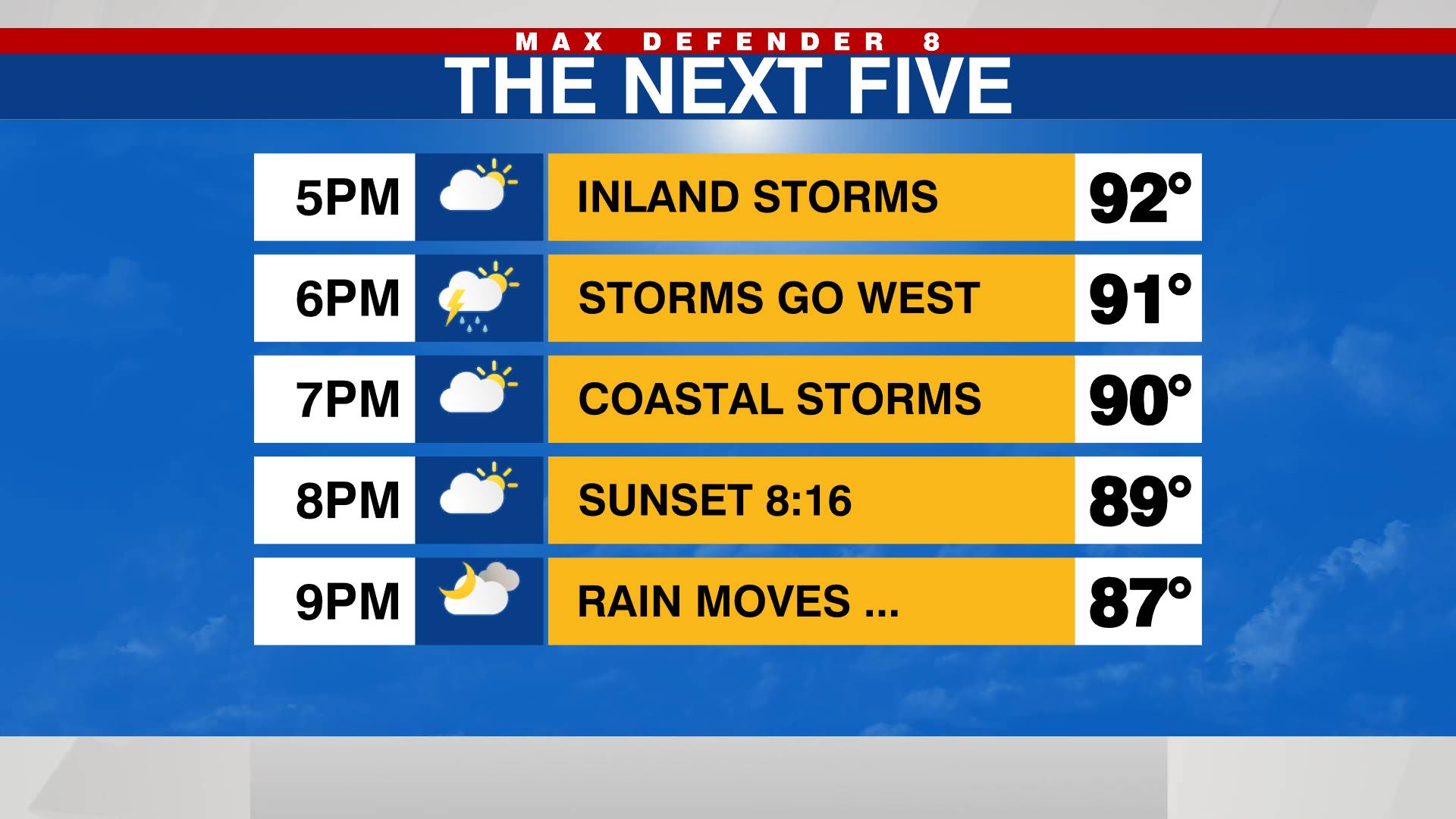This story has been archived and is no longer being updated.
TAMPA, Fla. (WFLA) — Hurricane Milton made landfall near Siesta Key Wednesday night.
The National Hurricane Center said the once-Category 5 hurricane weakened to a Category 3 before making landfall.
WFLA meteorologists track “wobbles,” or small movements, on the system’s path. Those wobbles determine where the hurricane is headed.
Tuesday afternoon, Milton showed a significant wobble south curving toward the Yucatan Peninsula. This caused a shift in the potential path toward Manatee and Sarasota counties. Then on Wednesday, the cone narrowed in further on Sarasota.
As midnight neared, the tracker showed the the eye of the storm moving northeastward across the middle of the state. The storm – once forcast to hit early Thursday morning – is likely to clear Florida entirely by Thursday afternoon.
While the movements may seem negligible at first glance, these wobbles do make a big difference when they compound into a change in the storm’s path.
This was the case when Max Defender 8 first launched the wobble tracker for Hurricane Ian, a Category 5 hurricane that was originally expected to make a direct hit on Tampa Bay but “wobbled” further south to its landfall in Charlotte County, Florida.
Since then, the tracker has been a major asset in forecasting other major hurricanes like Helene and, now, Milton.
The wobble tracker watches the motion of hurricanes and tropical storms by using a combination of data from satellites, radar, the forecast trajectory, and the previous path the storm is on, to give an indication how the path is changing in real time.
Be prepared with the 2024 Hurricane Guide and stay ahead of tropical development with the Tracking the Tropics newsletter.
















